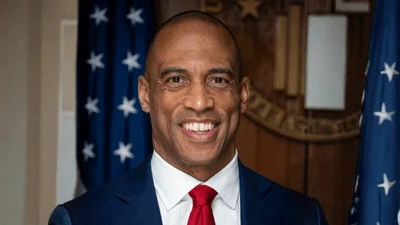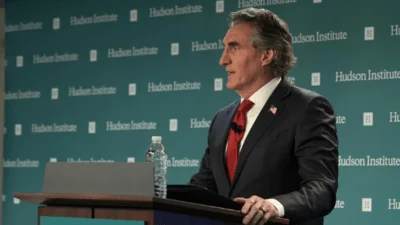The Health Insurance Marketplace will open enrollment for the 2026 plan year from November 1, 2025, to January 15, 2026. The Centers for Medicare & Medicaid Services (CMS) announced that the average premium on HealthCare.gov after tax credits is expected to be $50 per month for the lowest cost plan available to eligible enrollees. This marks a $13 increase from the previous year but remains $20 cheaper than in 2020.
Eligible enrollees will continue to benefit from significant premium affordability through advance payments of the premium tax credit. In 2026, these credits are projected to cover 91% of the lowest cost plan premium, compared to 85% in 2020. For a benchmark plan, a 50-year-old earning twice the poverty level will see tax credits covering 81% of their premium, down from 93% in 2025.
Nearly 60% of eligible re-enrollees can access plans costing $50 or less after tax credits in their chosen category. This figure was higher at 83% in 2025 and similar at 56% in 2020.
In terms of issuer participation, there are now 183 Qualified Health Plan (QHP) issuers on HealthCare.gov. Of the states using HealthCare.gov, more than half have maintained or increased their number of QHP issuers since last year. Enrollees typically have between six and seven QHP issuers available to them, with only less than one percent having just one option—the lowest percentage recorded.
Health Savings Account (HSA) eligibility has expanded under President Trump's Working Families Tax Cuts Legislation. All bronze and catastrophic Marketplace plans are now HSA-eligible, allowing contributions to consumer HSA accounts. This expansion will make HSA-eligible plans accessible to every consumer across all counties using HealthCare.gov by adding availability for at least an additional 1.6 million consumers.
Information from this article can be found here.





